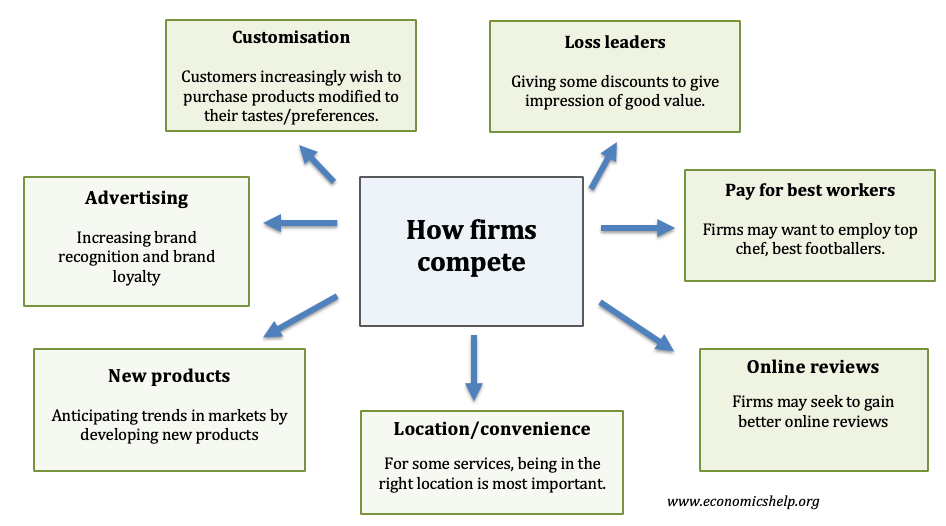Nejlepší ceny v soutěžích
In the dynamic world of economics, competition plays a vital role in determining market prices and improving overall consumer welfare. One intriguing aspect of this competition is how businesses strive to offer the best prices in competitive scenarios. This article delves into the mechanisms behind pricing strategies, competition among firms, and the overall implications for consumers and the market. The following sections will cover various factors influencing pricing in competition, strategies employed by firms, and the effects on consumer choices.

Understanding Competition in Economics
Before diving deeper, it’s essential to understand what competition means in the context of economics. Competition refers to the contest between businesses to attract customers by offering better prices, quality of products, services, or innovations. Economists often categorize competition into various types, including monopolistic, oligopolistic, and perfect competition. Each type has different implications for pricing strategies.
Types of Competition
- Perfect Competition: This scenario involves many firms selling identical products. Prices are determined by supply and demand, leaving little room for individual firms to influence prices.
- Monopolistic Competition: Here, many firms compete, but each offers a slightly different product. This differentiation allows firms to set prices above the marginal cost, leading to varied pricing strategies.
- Oligopoly: In an oligopolistic market, a few firms dominate. Pricing strategies become essential as firms can influence each other’s pricing and output decisions.
Pricing Strategies in Competitive Markets
Firms employ various strategies to offer the best prices and attract consumers. Understanding these strategies can unveil how competitive dynamics shape market prices.
Cost Leadership
Firms may adopt a cost leadership strategy, focusing on being the lowest-cost producer in their industry. This approach allows them to set lower prices than competitors, thereby gaining market share. However, achieving and maintaining this position requires ongoing efficiency and cost management.
Value-Based Pricing
Rather than merely competing on price, some firms opt for value-based pricing, where they set prices based on the perceived value of their product or service. This strategy is often effective in markets where differentiation is crucial.
Psycho-Logical Pricing
Some businesses also utilize psychological pricing strategies, setting prices that have a psychological impact on consumers, such as $9.99 instead of $10.00. This can influence consumer perceptions and purchasing decisions, ultimately affecting competitive pricing.
Factors Influencing Prices in Competition
Several factors significantly impact how prices are set in competitive markets.
Supply and Demand
The fundamental economic principle of supply and demand plays a critical role in determining pricing. When demand for a product surpasses supply, prices tend to rise. Conversely, when supply exceeds demand, prices typically decrease.
Market Trends and Consumer Behavior
Market trends and changing consumer preferences can also affect pricing strategies. Companies must stay attuned to these shifts to ensure they remain competitive and relevant.
The Role of Technology
Technology not only enhances efficiency but also impacts pricing. For instance, e-commerce allows firms to operate at lower overheads, enabling them to set competitive prices.
Implications for Consumers
Understanding how firms compete on price has significant implications for consumers.
Increased Choices
Competition generally leads to greater choices for consumers. As firms strive to attract customers, they innovate and diversify their offerings, leading to a broader range of products and services.
Price Sensitivity
Consumers become more price-sensitive in competitive markets. This sensitivity can lead to more informed purchasing decisions, as consumers often compare prices and seek the best deals.
Conclusion
In conclusion, competition drives firms to offer the best prices while considering various pricing strategies and market dynamics. The interplay between supply and demand, consumer behavior, and technological advancement creates an ever-evolving landscape that benefits consumers. Understanding these mechanisms can help consumers make better purchasing decisions and foster a more competitive marketplace. As we move forward, firms must remain agile and responsive to maintain their competitive edge and cater to the changing needs of consumers.
For further reading on the topic of market competition and its effects, you can check out this article and this resource.
